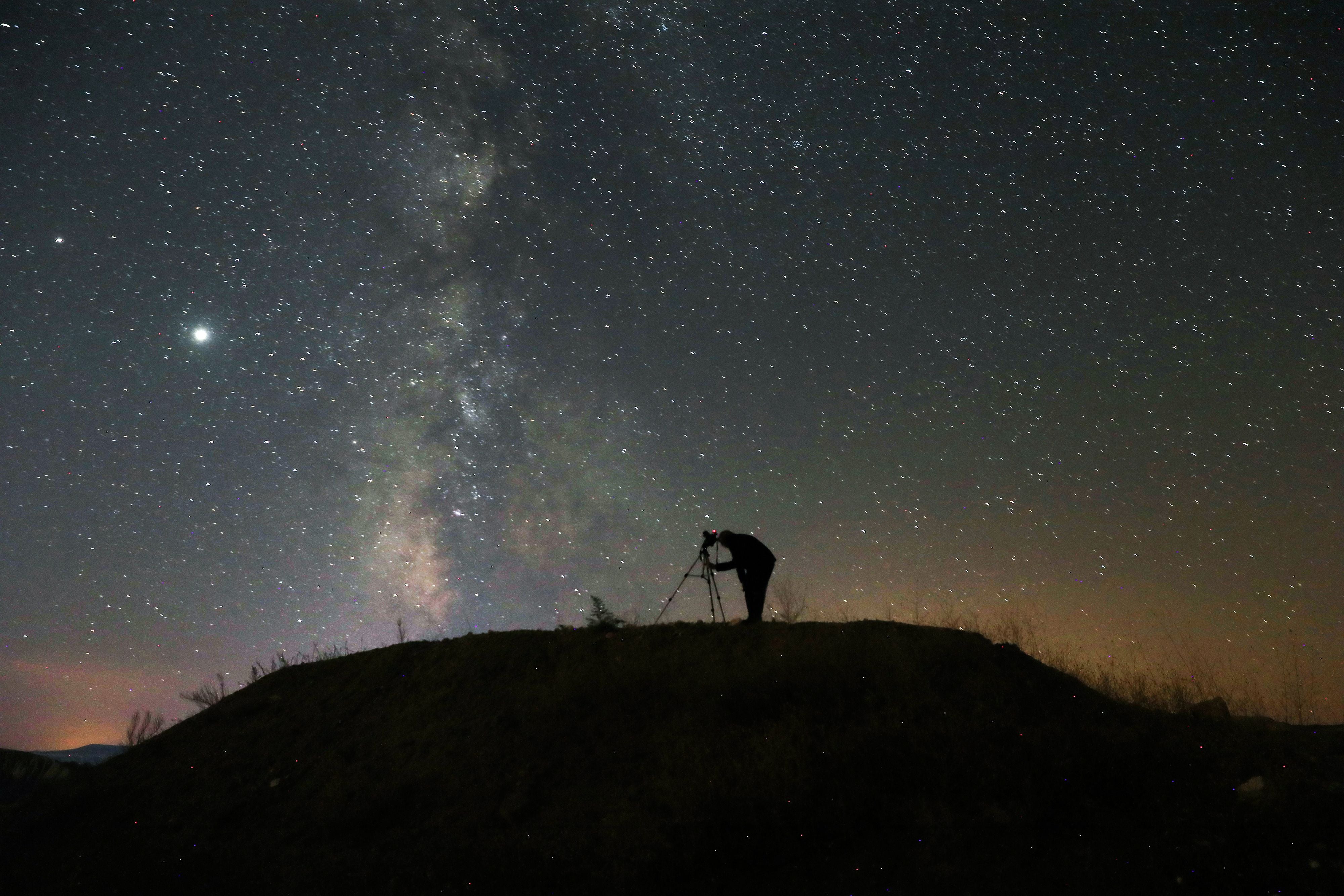The Independent's journalism is supported by our readers. When you purchase through links on our site, we may earn commission.
Scientists discover thousands of solar systems where aliens could watch the Earth

Your support helps us to tell the story
From reproductive rights to climate change to Big Tech, The Independent is on the ground when the story is developing. Whether it's investigating the financials of Elon Musk's pro-Trump PAC or producing our latest documentary, 'The A Word', which shines a light on the American women fighting for reproductive rights, we know how important it is to parse out the facts from the messaging.
At such a critical moment in US history, we need reporters on the ground. Your donation allows us to keep sending journalists to speak to both sides of the story.
The Independent is trusted by Americans across the entire political spectrum. And unlike many other quality news outlets, we choose not to lock Americans out of our reporting and analysis with paywalls. We believe quality journalism should be available to everyone, paid for by those who can afford it.
Your support makes all the difference.Scientists have identified thousands of other planetary systems where alien life would be able see our Earth.
The nearby star-systems are relatively close in cosmic terms, and are positioned such that they would be able to watch our planet as it crosses in front of the Sun.
Planets around those stars would be able to see the Earth, and understand whether it holds life – and may already have done so.
Just as we watch other stars for planets passing in front of them, and use that information to understand their atmospheres and whether they are able to support alien life, extraterrestrials would be able to do the same for the Earth.
“From the exoplanets’ point-of-view, we are the aliens,” said Lisa Kaltenegger, professor of astronomy and director of Cornell’s Carl Sagan Institute, in the College of Arts and Sciences.
“We wanted to know which stars have the right vantage point to see Earth, as it blocks the Sun’s light,” she said. “And because stars move in our dynamic cosmos, this vantage point is gained and lost.”
In the new research, scientists identified a total of 2,034 of the star systems, all within 326 light years. Of those, 1,715 could have spotted Earth since human civilisation began in the last few thousand years - the rest will be able to see us in the in the 5,000 years to come.
Among those stars, 75 are within 100 light years of us – that is close enough that the radio waves created by humans would have reached them.
The stars themselves are a variety of different kinds, in keeping wit h the distribution of sizes and other characteristics throughout the Milky Way. Some of them have already been closely studied – including those that we know have their own planets – while others are almost entirely unknown.
Scientists do not have enough data to know how many of those stars have rocky planets of the kind, or what conditions might be like on them. But they estimate there could be 29 potentially habitable worlds that are positioned so they could both see Earth in front of the Sun, and are close enough to detect radio waves from us.
As such, the scientists note in the research that the much-discussed question of whether we should hide our presence from alien life might already be irrelevant. There are many stars close enough that civilisations living around them would have been able to identify the Earth as an “interesting planet”, they say.
The new research used data from the Gaia database, which has a catalogue of astronomical objects that are found within 100 parsecs, or about 300 light years, of our Sun. By combining that information together, and looking at how the vantage point changed over time, researchers were able to work out which might have been in the right place to see us.
Scientists have previously attempted to work out which stars might be able to see Earth as it passes in front of the Sun, but the new research is the first to consider how that view might have changed over time.
The new study, ’Past, present and future stars that can see Earth as a transiting exoplanet’, is published in Nature.
Join our commenting forum
Join thought-provoking conversations, follow other Independent readers and see their replies
Comments